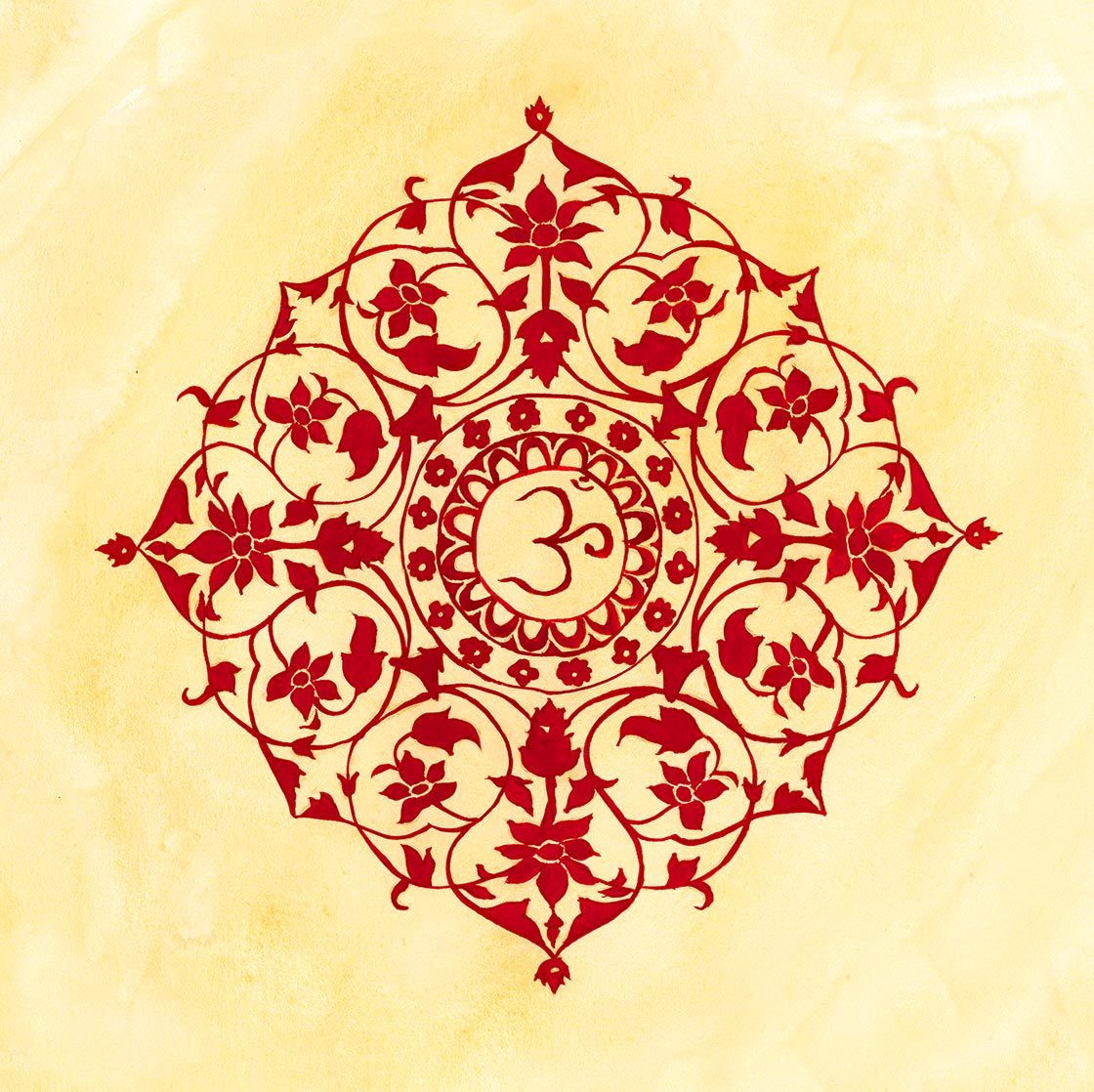
Left Aspect
The left Swadisthan governs our power of pure knowledge. The term ‘pure knowledge’ is simply the truth about ourselves, which is revealed to us through the awakening of the Kundalini energy within us. When we meditate, we detach from our thoughts and our emotions and can see clearly our true strengths and weaknesses. Thus, if we have absorbed information which goes against this truth then this center can become blocked.
A ‘pure desire’ is a desire for anything which will bring us closer to our true selves. Superficial desires for things which bring us away from our true selves will therefore block this center, whereas seeking to experience the truth about ourselves will help this center to open.







